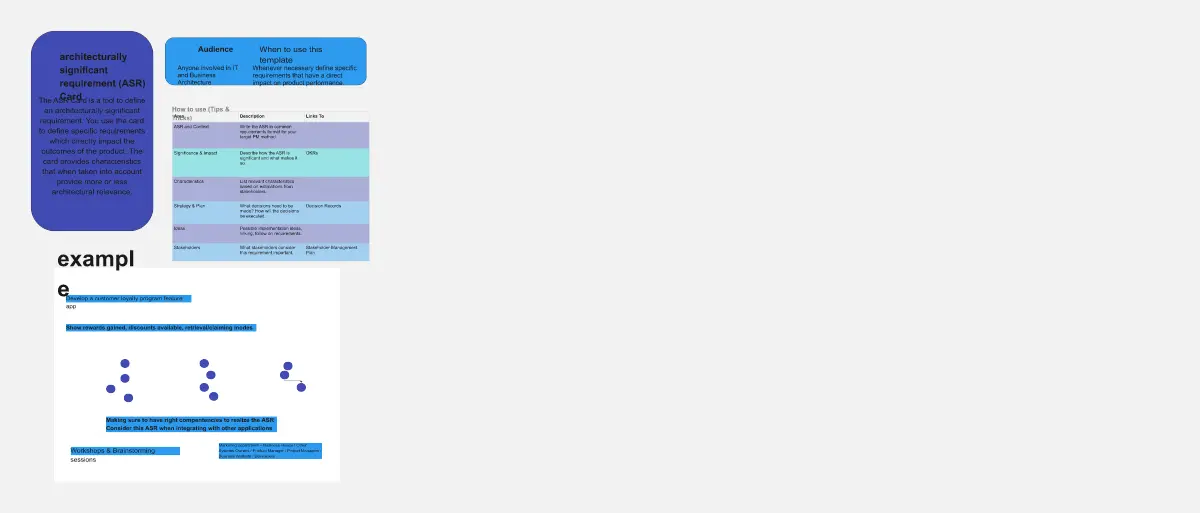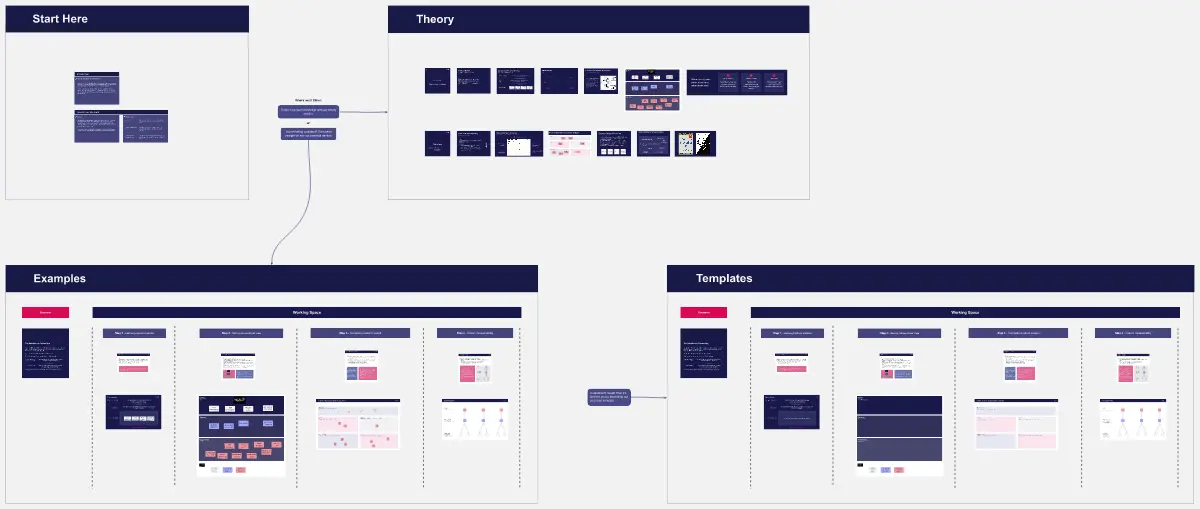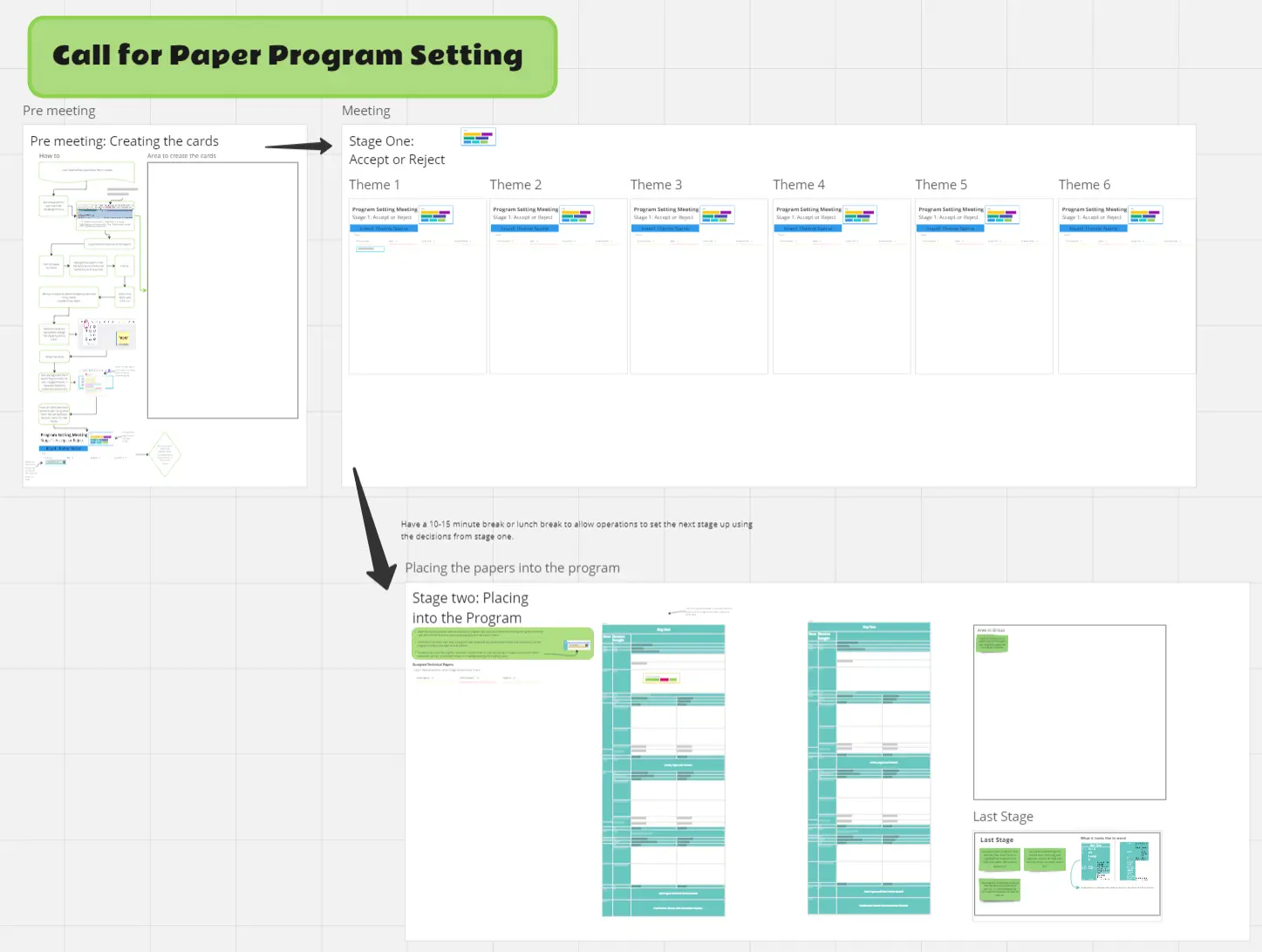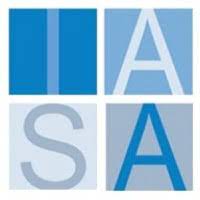IASA - Context View Card
Canvas Overview: The context view is primarily used to describe software intensive solutions. For product customization use a functional view as the primary view. For information intensive or infrastructure intensive systems you would use the corresponding primary views.
In the realm of solution architecture, the context view plays a crucial role in setting the stage for how a solution interacts within its broader environment. This view is essential for identifying the solution’s boundaries and its relationship with external entities, such as other systems, user groups, and stakeholders. It helps in understanding the ‘where’ and ‘how’ a solution fits within the larger system, ensuring that architects have a clear picture of the operational landscape.
Expanding upon this foundation, the context view aids architects in pinpointing integration points, dependencies, and potential constraints that might impact the solution’s implementation. This comprehensive understanding is key to anticipating challenges and opportunities in the solution’s deployment, making it an indispensable tool in the architect’s toolkit. It provides a roadmap that guides not only the technical design but also the strategic alignment of the solution with business objectives.
Furthermore, the context view fosters communication and alignment among stakeholders by offering a shared visualization of the solution’s ecosystem. This common ground is vital for ensuring that all parties have a unified understanding of the solution’s scope, capabilities, and limitations. By laying out the external interactions and dependencies, architects can effectively navigate the complexities of the solution’s environment, leading to more informed decision-making and a more robust architectural design.
How to use this canvas
To create a context view, follow these detailed steps:
Understand the Solution’s Scope: Define what your solution aims to achieve and its boundaries within the larger system.
Identify External Entities: List all external systems, user groups, and stakeholders that interact with your solution.
Select a Modelling Language: Choose a language like UML or ArchiMate for consistent representation of the context.
Diagram the Context: Use your chosen language to visually map the solution’s interactions with external entities.
Detail Interactions: For each external connection, describe the nature of the interaction, data flow, and dependencies.
Relate to Other Views: Connect the context view with other architectural views, showing how external interactions influence internal architecture.
Incorporate into Decision Records: Link context view insights to decision-making processes, highlighting how external factors influence architectural choices.
Update Other Artifacts: Ensure that the context view is reflected in relevant architectural documents for a cohesive understanding.
This process will guide you in creating a comprehensive context view, integrating it with your architectural practice, and leveraging it for informed decision-making.
About IASA Global: IASA Global is a non-profit association for ALL Technology Architects which was established in 2002. The association is committed to improving the quality of the BT architecture industry by developing and delivering standards, education programs and developing accreditation programs and services that optimize the development of the architecture profession. The IASA network and membership consists of approximately 70,000 people in over 50 countries.
IASA Global has created the world's first and only Business Technology Architecture Body of Knowledge, (BTABoK), which is a free public archive of Business Technology architecture best practices, skills, and knowledge developed from the experience of individual and corporate members of IASA.
IASA has added templates for over 30 of the most frequently used BTABoK structured canvases into the Miroverse to help accelerate how Technology Architects collaborate on the architecture of the future. Give one a try today, and learn more about IASA at https://iasaglobal.org/.
Categories
Similar templates





